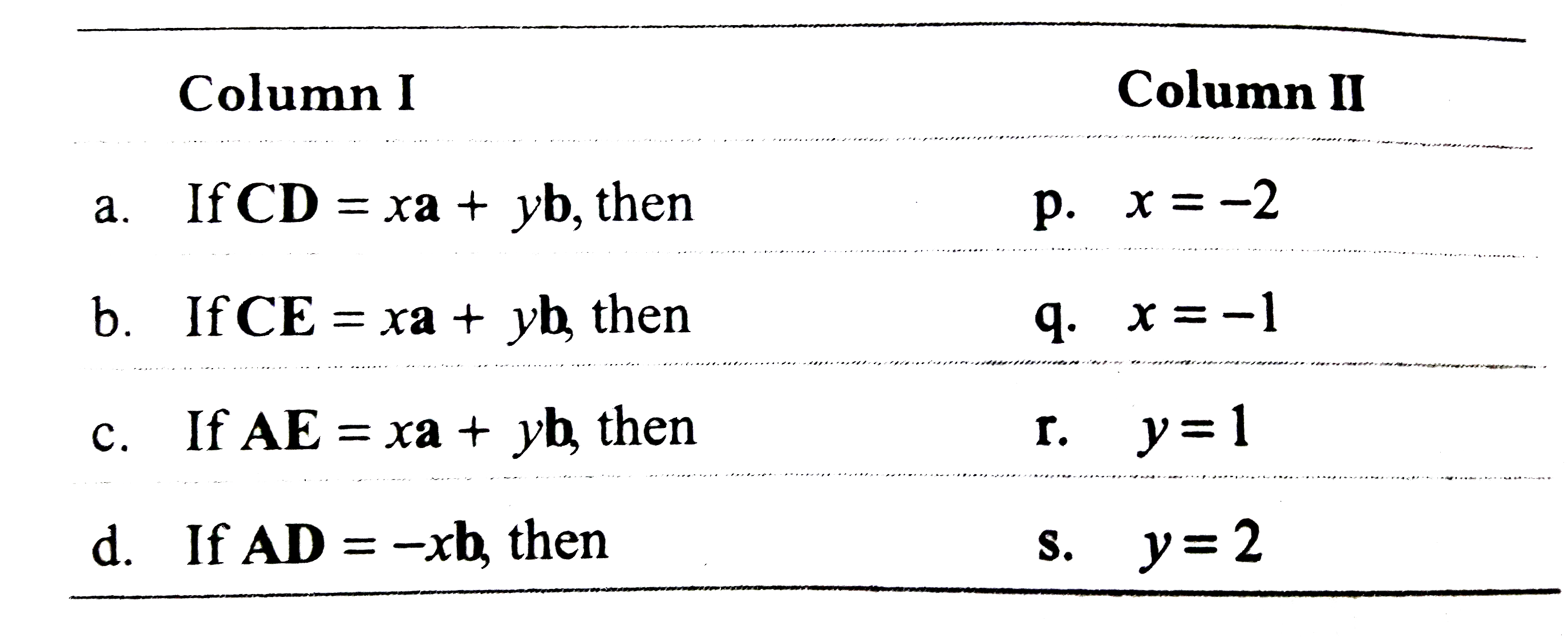Examine whether the two quadrilaterals obtained by joining the vertices 'F' and C of a regular hexagon ABCDEF are. cyclic or not? Why?Solution in Malayalam
Step by step video & image solution for Examine whether the two quadrilaterals obtained by joining the vertices 'F' and C of a regular hexagon ABCDEF are. cyclic or not? Why? by Maths experts to help you in doubts & scoring excellent marks in Class 10 exams.
Updated on:21/07/2023Topper's Solved these Questions
Similar Questions
One cubic centimetre of iron weighs 7.8 grams. Write as sequences, the volumes of weights of Iron cubes of sides 1 centimetre, 2 centimetres and so on.
View SolutionFind the following:
i) The y coordinate of any point on the 'x' axis.
ii) The 'x' coordinate of any point on the 'y' axis.
iii) The coordinates of the origin.
iv) The y coordinate of any point on the line through (0,1), parallel to the 'x' axis.
v) The x coordinate of any point on the line through (1,0), parallel to the 'y' axis.
View SolutionThe coordinates of two consecutive vertices A and B of a regular hexagon ABCDEF are (1,0) and (2,0) respectively.The equation of the diagonal CE is:
View SolutionIn a regular hexagon ABCDEF,vec AE
View SolutionThe alternate vertices of a regular hexagon are joined to form another regular hexagon. the ratio of the sides of two hexagons is
View SolutionIn the given figure ABCDEF is a regular hexagon. Examine which vector are, equal
View SolutionIn the given figure ABCDEF is a regular hexagon. Examine which vector are, collinear
View SolutionIn the given figure ABCDEF is a regular hexagon. Examine which vector are, Cointial
View SolutionIn the given figure ABCDEF is a regular hexagon. Examine which vector are, Collinear but not equal
View Solutiona and b form the consecutive sides of a regular hexagon ABCDEF.

View SolutionIf ABCDEF is a regular hexagon, then ΔACE is
View SolutionThe coordinates of two consecutive vertices A and B of a regular hexagon ABCDEF are (1,0) and (2,0) respectively. The equation of the diagonal CE is:
View SolutionThe alternate vertices of a regular hexagon are joined to form another regular hexagon. The ratio of the sides of two hexagone is
View SolutionThe coordinates of two consecutive vertices A and B of a regular hexagon ABCDEF are (1,0) and (2,0), respectively. The equation of the diagonal CE is
View SolutionIn a regular hexagon ABCDEF, −−→AE
View SolutionProve that the quadrilateral obtained by joining any two alternate vertices of a regular pentagon is cyclic.
View Solution
